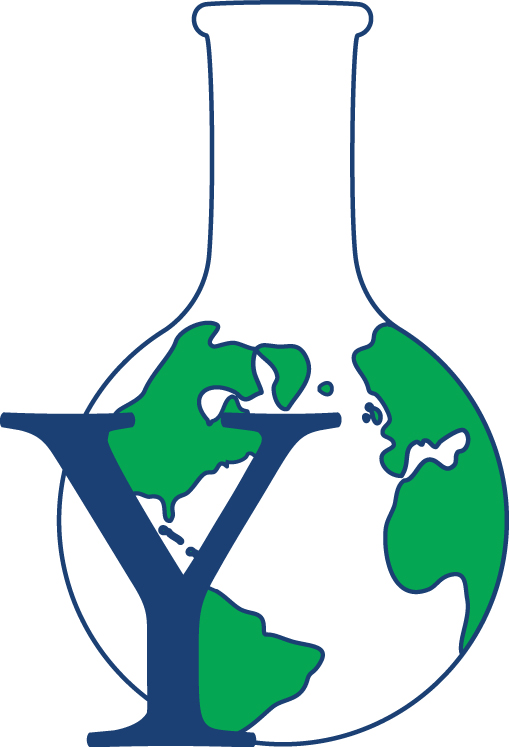Overview
Electronic waste (E-Waste), also known as Waste Electrical and Electronic Equipment (WEEE), is the term used to describe end-of-life appliances that use electricity. It includes discarded items such as computers, consumer electronics (e.g., cell phones, tablets, and laptops) and kitchen appliances. Many of these advanced electronics products contain specialty metals (e.g., yttrium, osmium, and indium) and rare earth elements. As new products increasingly rely on these valuable materials, concern has risen surrounding the environmental, economic, and sociopolitical stability of the long-term supply of these metals. In addition, the consumer products we use in our everyday lives tend to have short product lifetimes (< 5 years!) and low recycling rates (< 1%!). Furthermore, some of the metals have established toxicities (e.g., CdSe or GaAs) and others have very poorly understood global cycles (e.., In and Hf). These factors compound to make metal recovery in E-Waste a critical need in the industry and for the environment.
Study
An ongoing research project focuses on building a novel technology to reclaim and separate these specialty and rare earth metals from E-Waste. Our focus is on using nano-enabled materials to increase recycling efficiencies for these valuable materials. In doing so, we have developed a filter apparatus using polymer amended-carbon nanotube (CNT) filters that can selectively separate two metals from a mixed metal waste stream.
Impact
This technology could offer several advantages including enhanced recovery of high-value specialty minerals using low-cost filters, reduced need for mining rare earth minerals in politically unstable or environmentally undesirable locations, enhanced atom economy during device fabrication, and reduced emissions of toxic elements or nascent industrial minerals that have yet unknown toxicities or environmental impacts.
